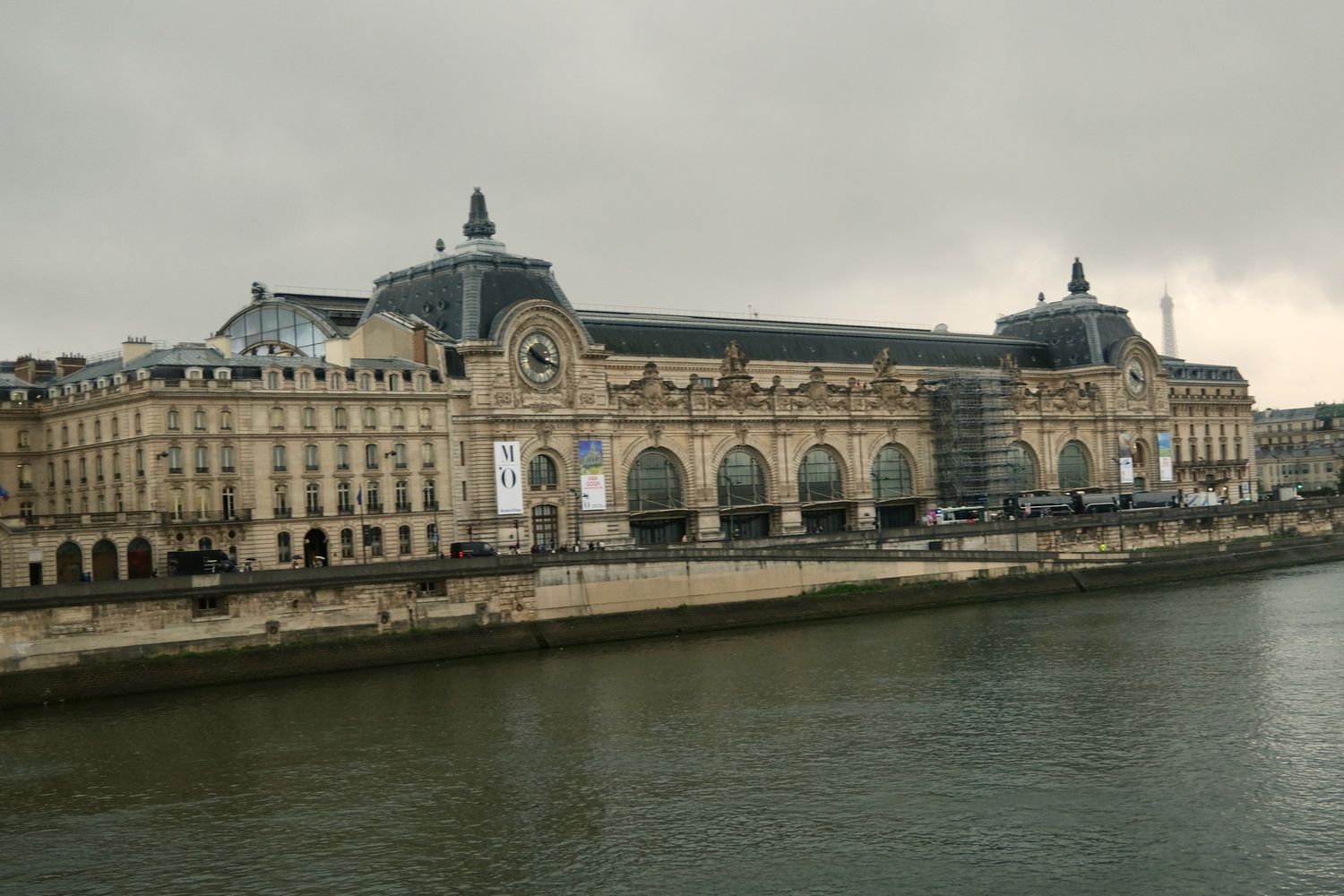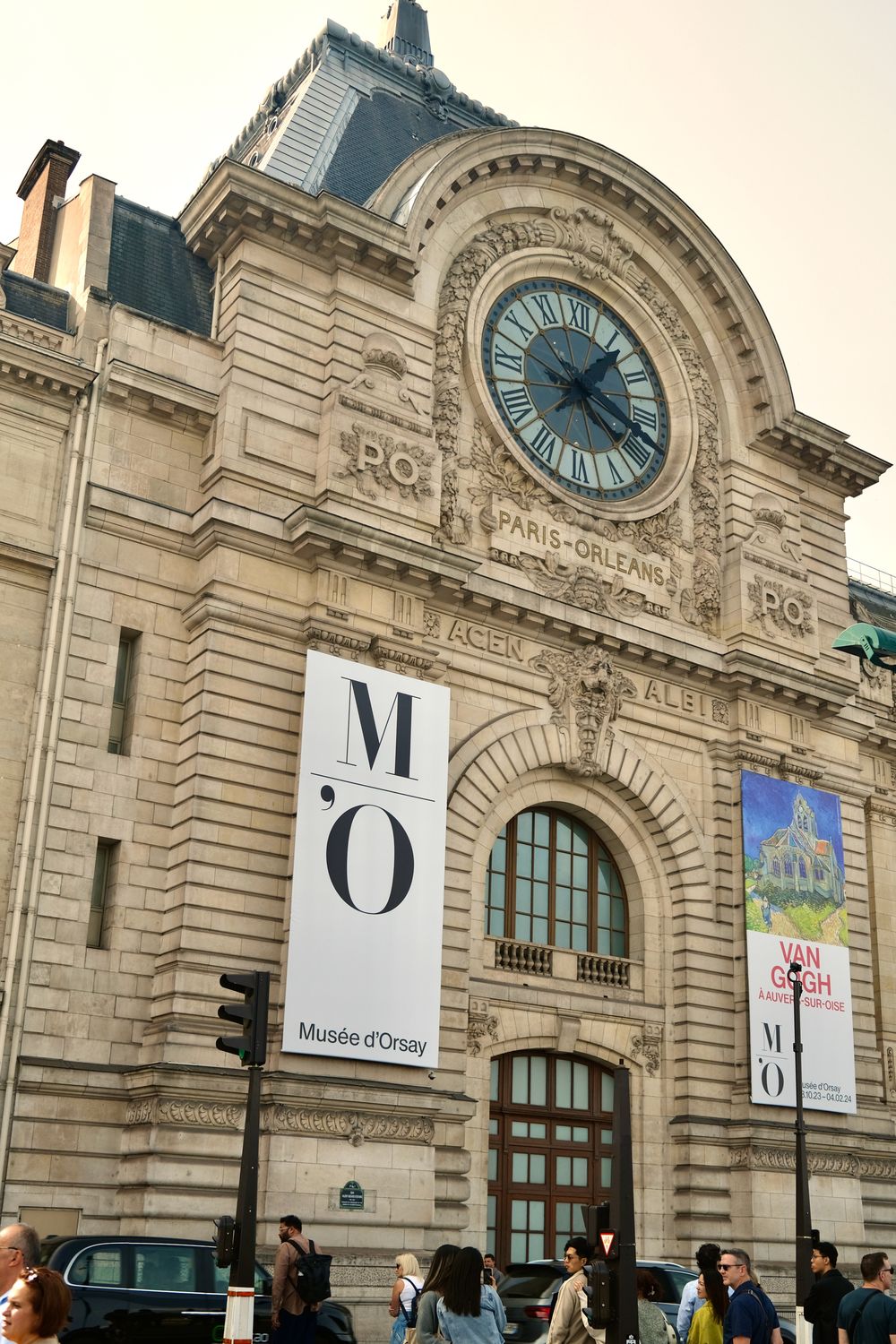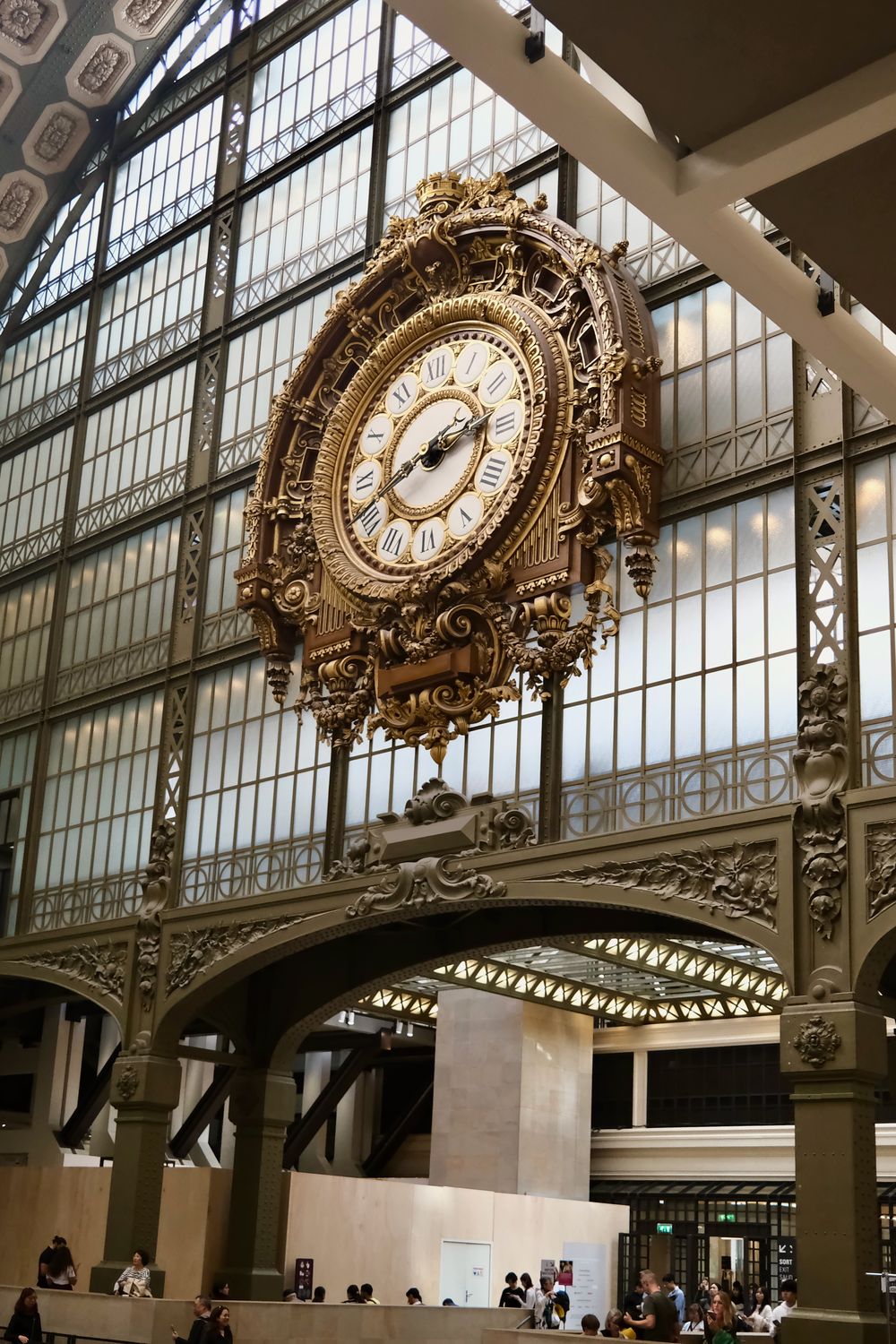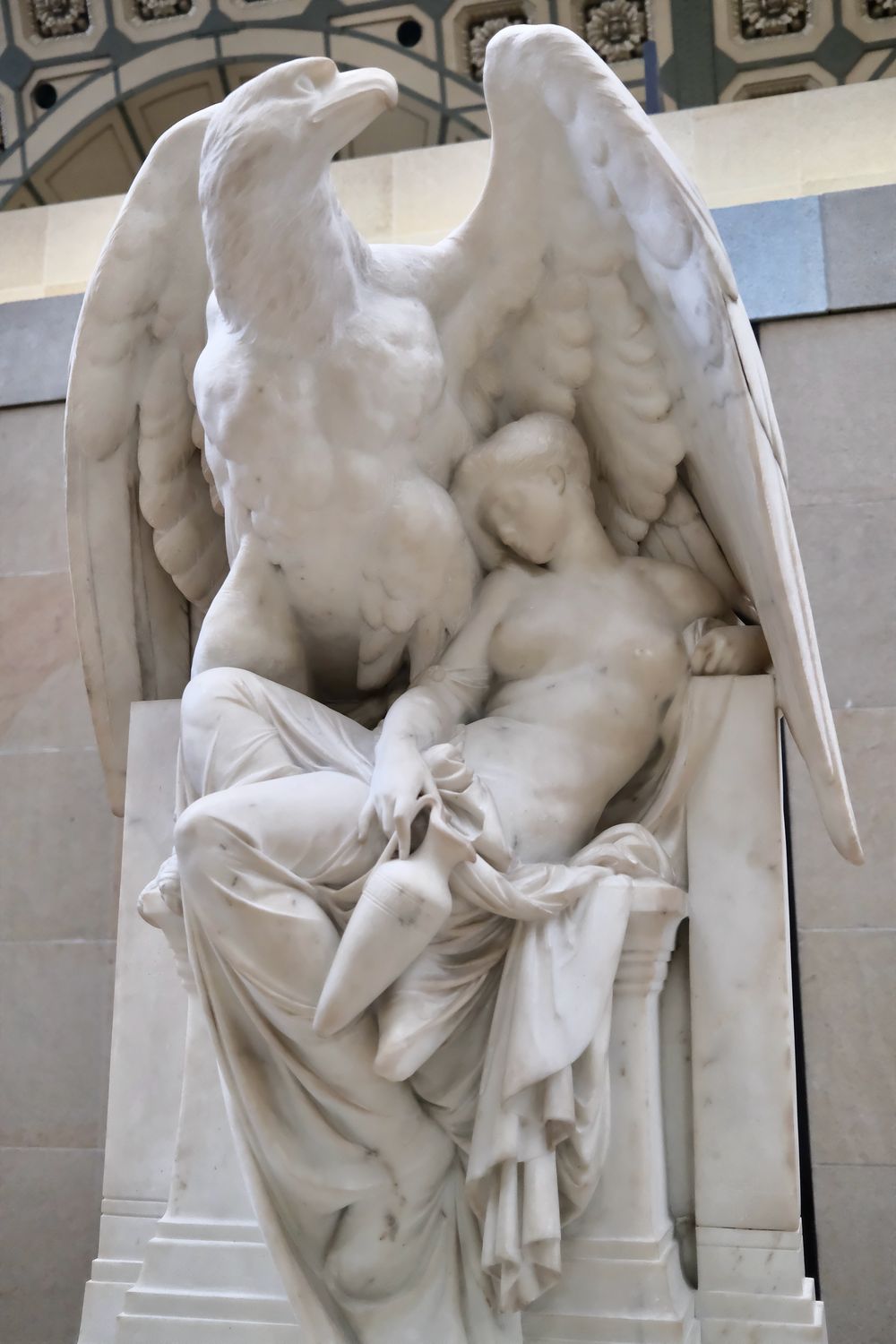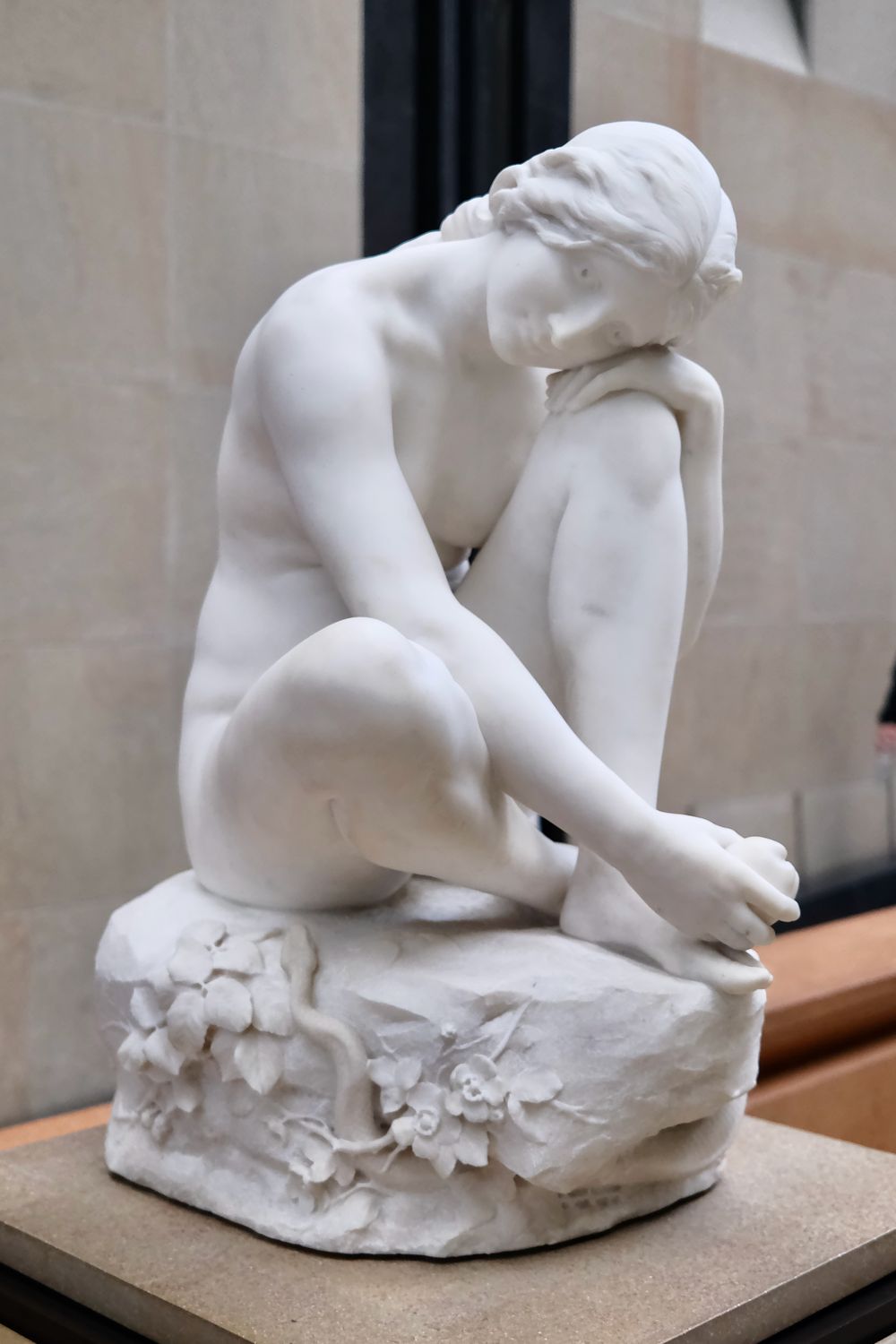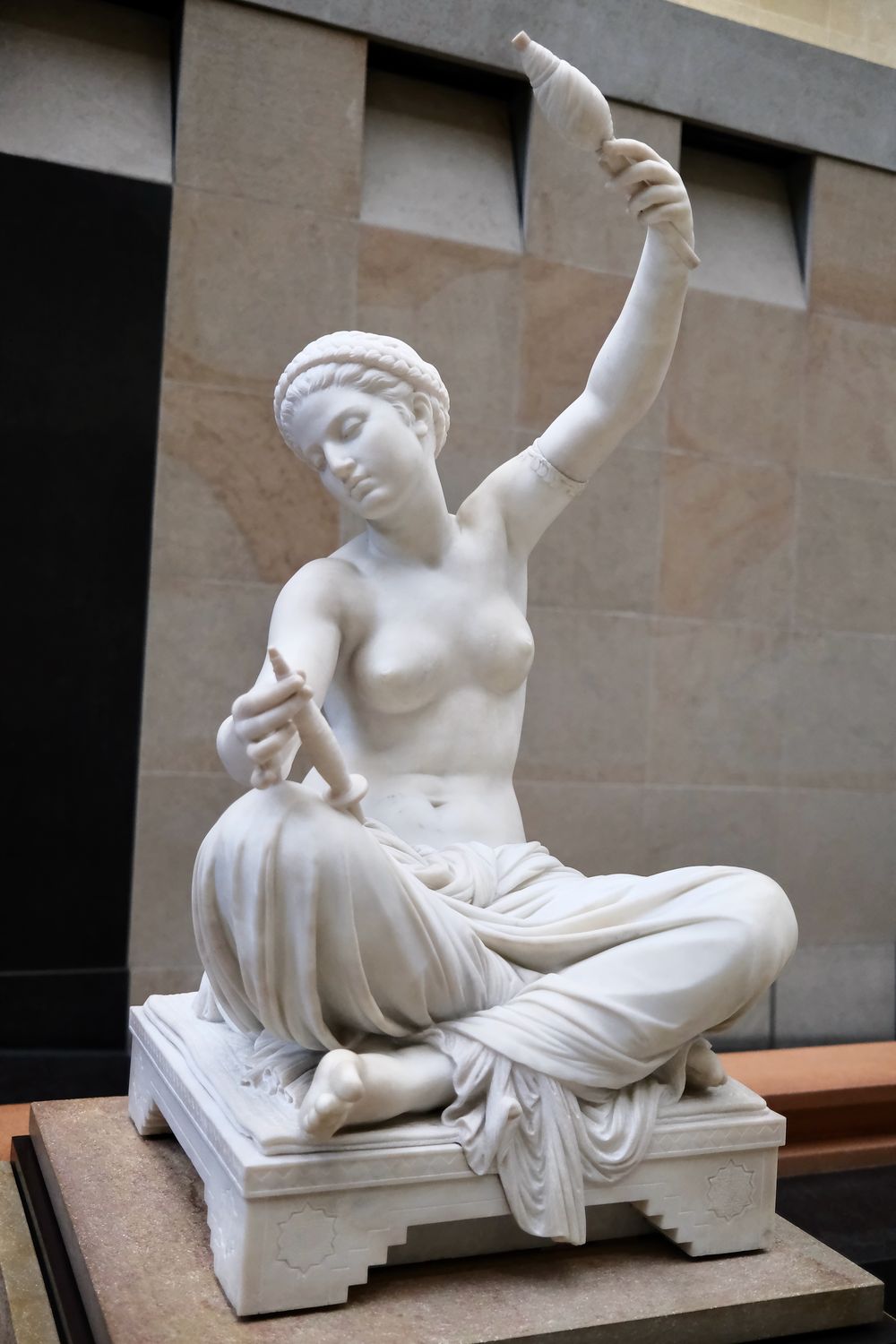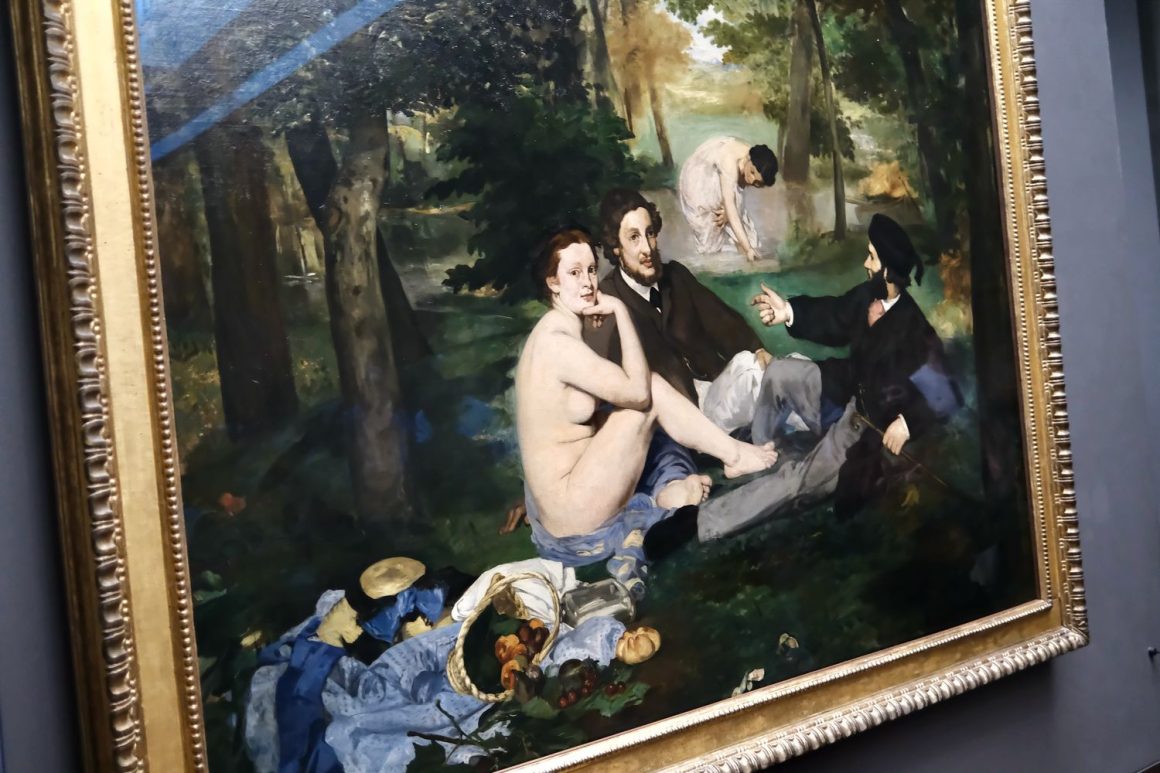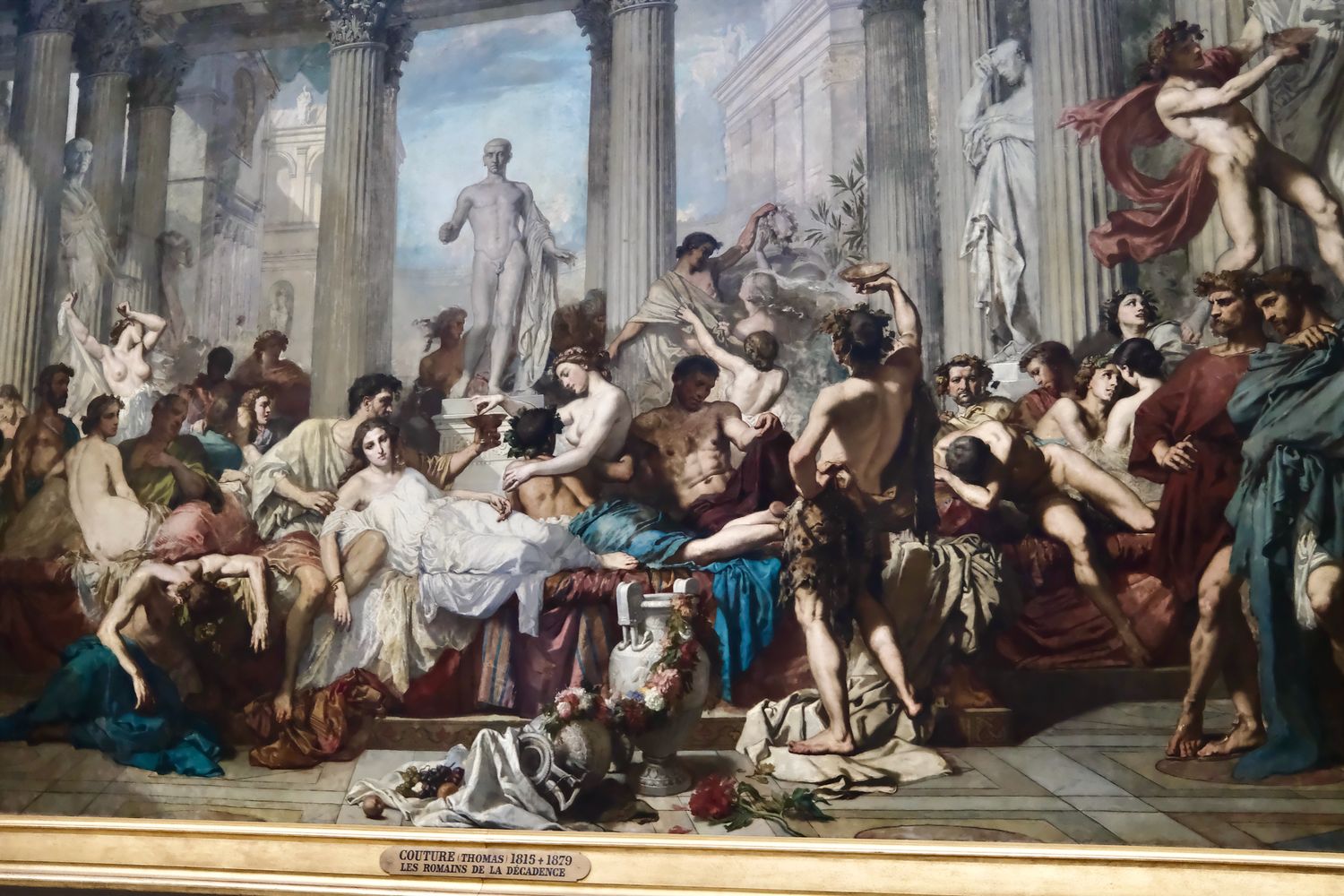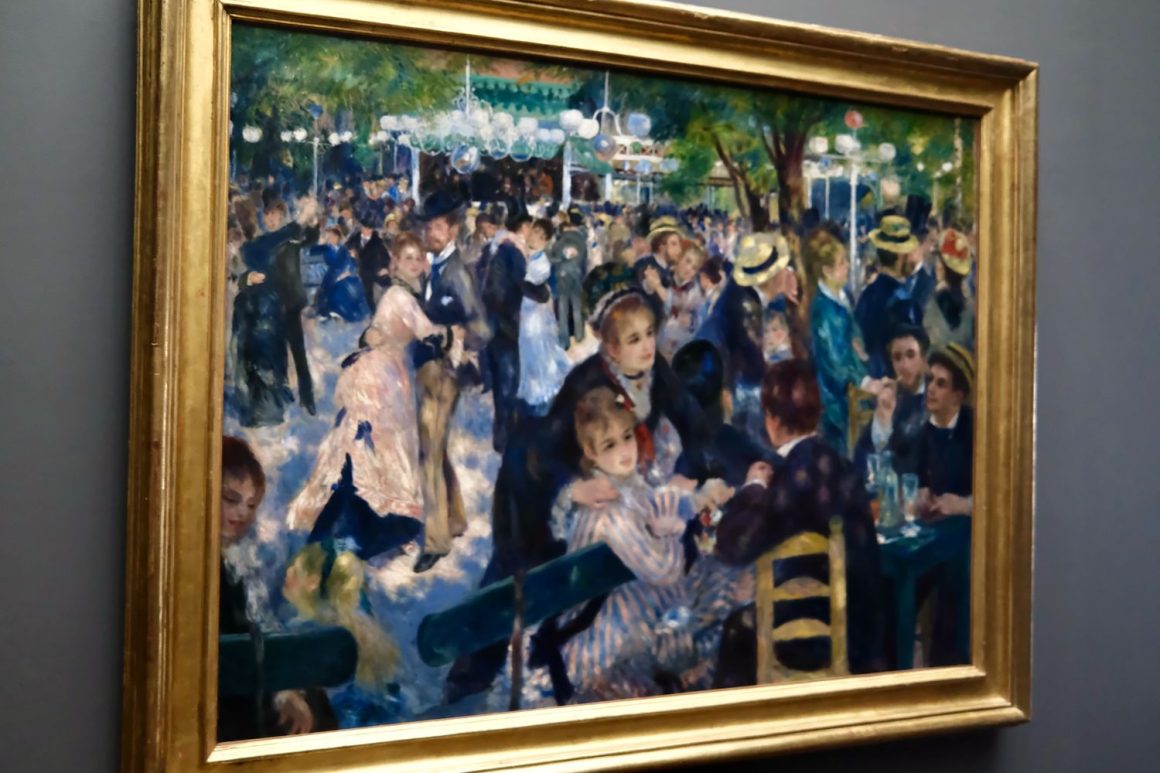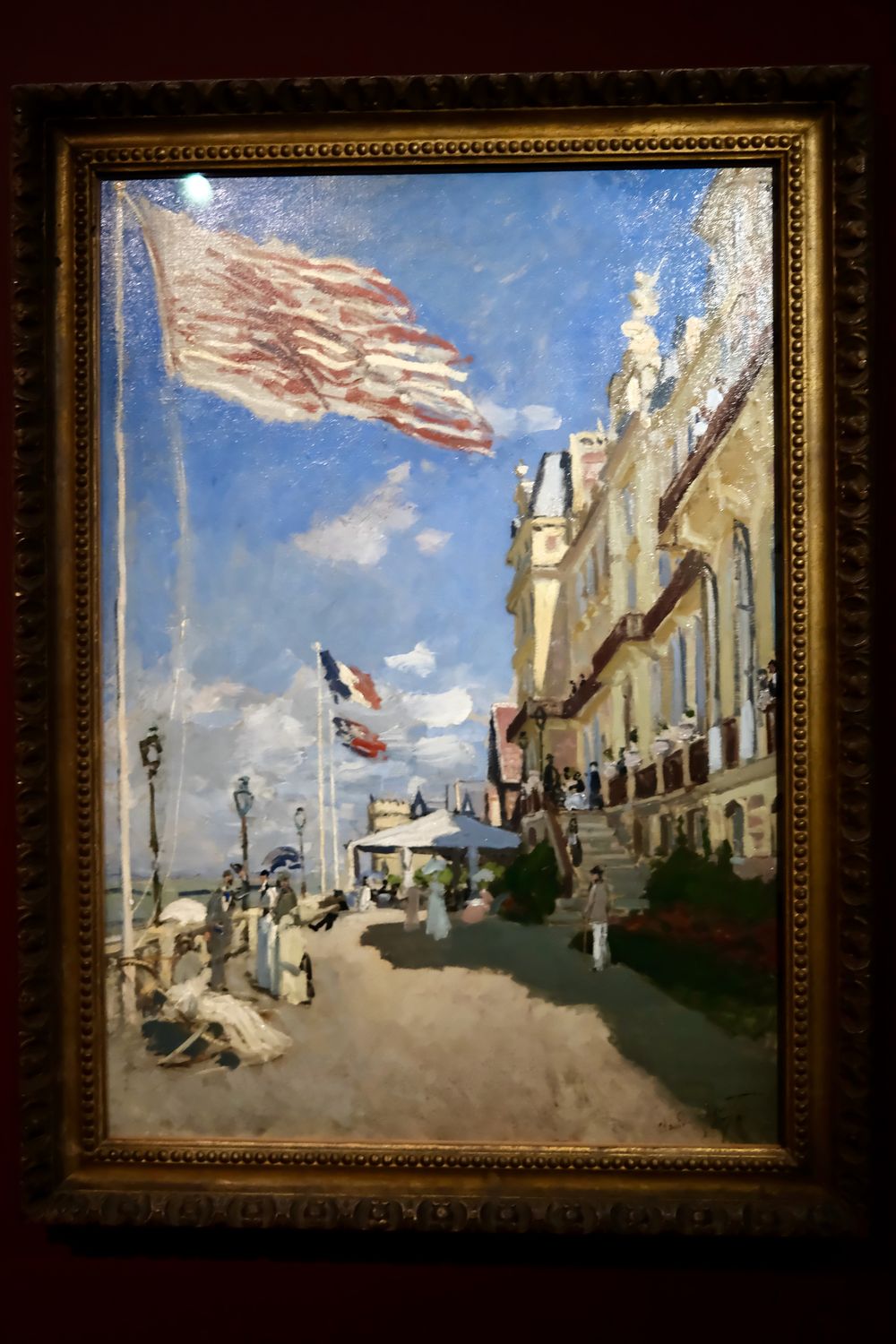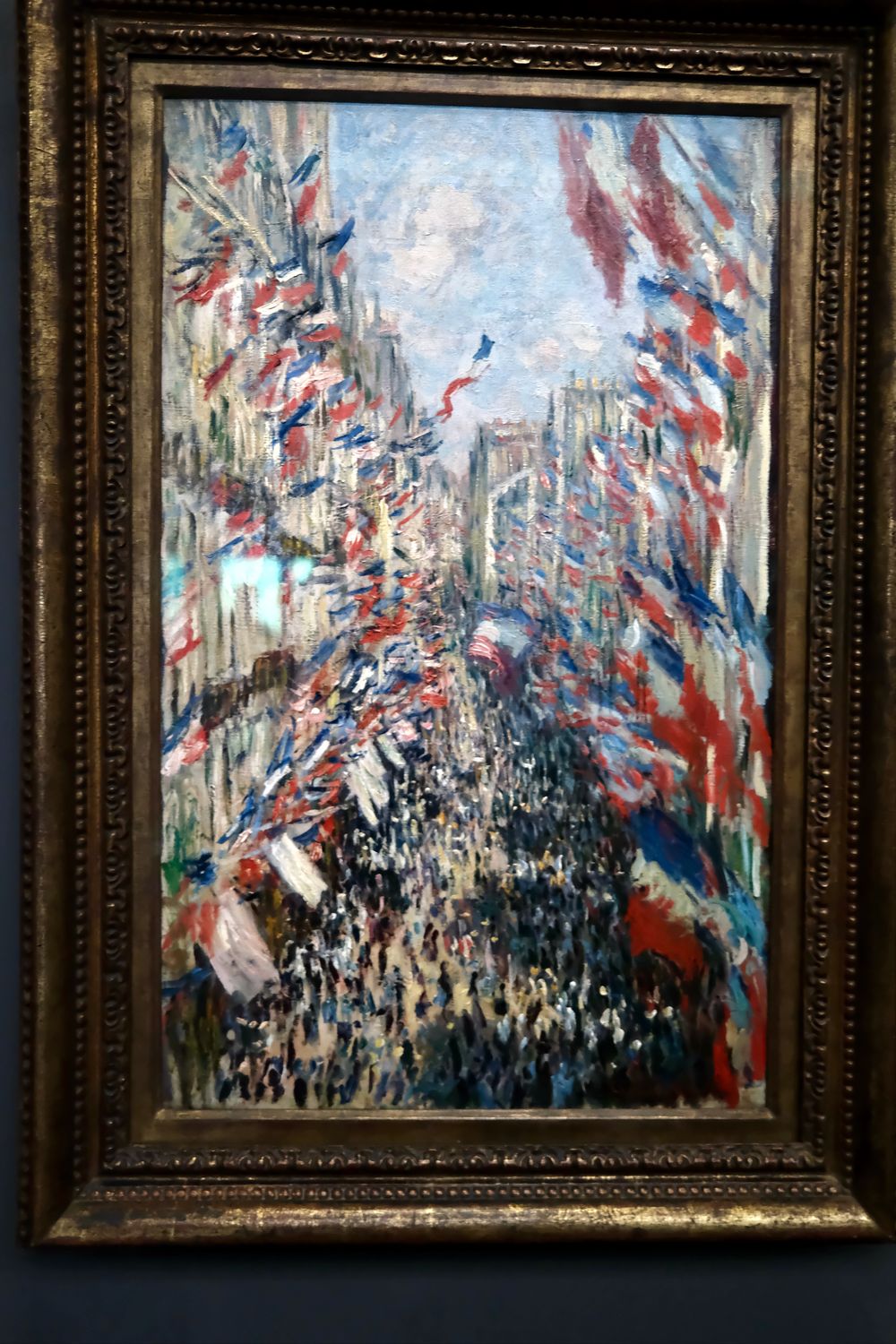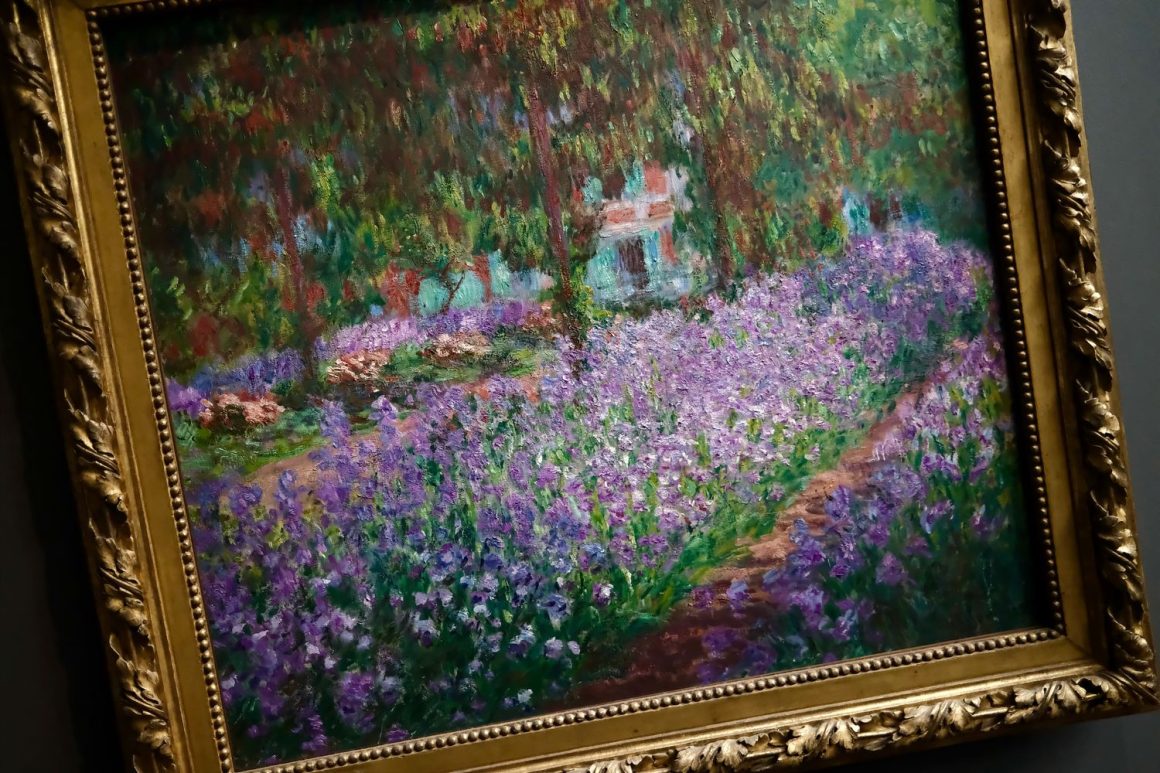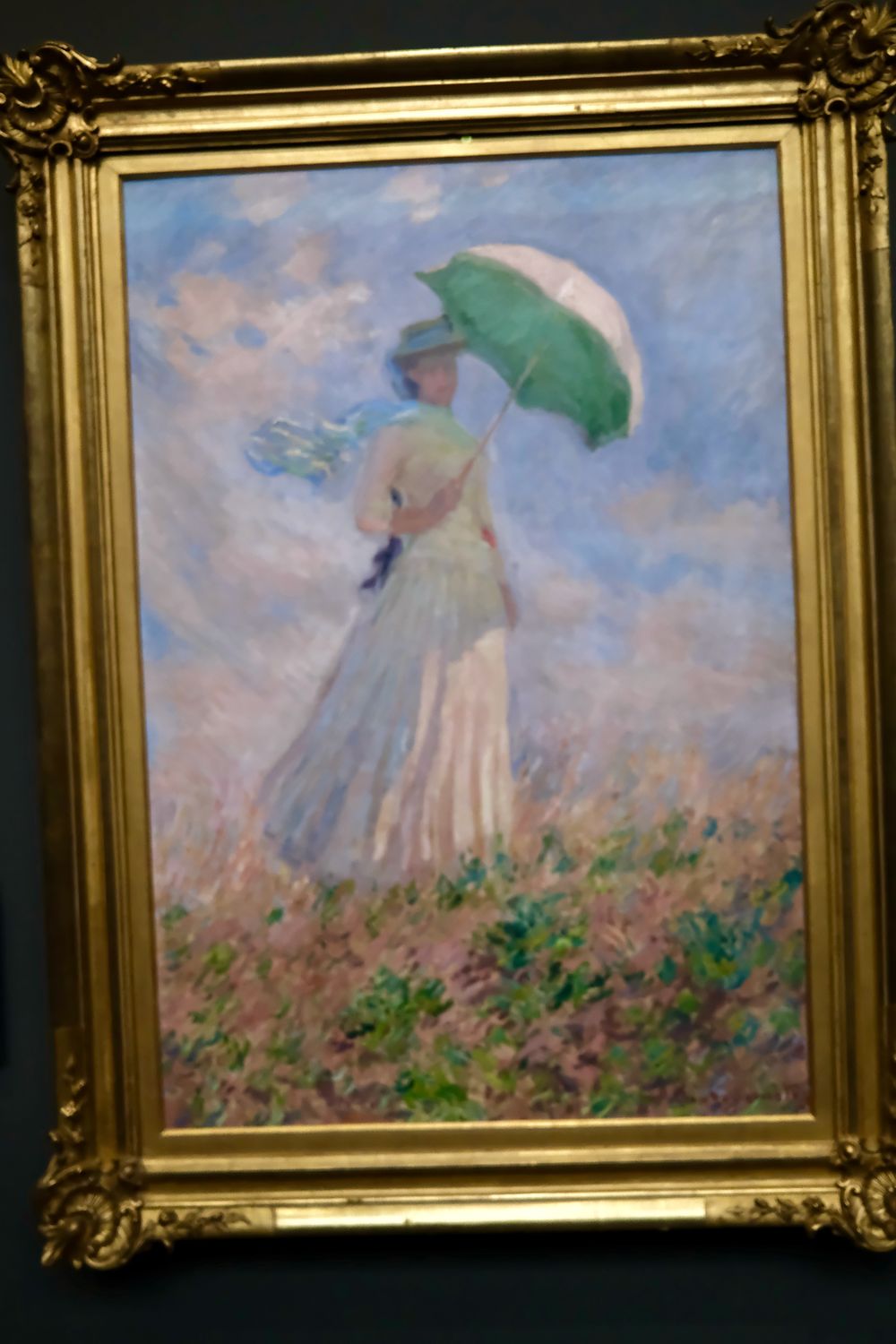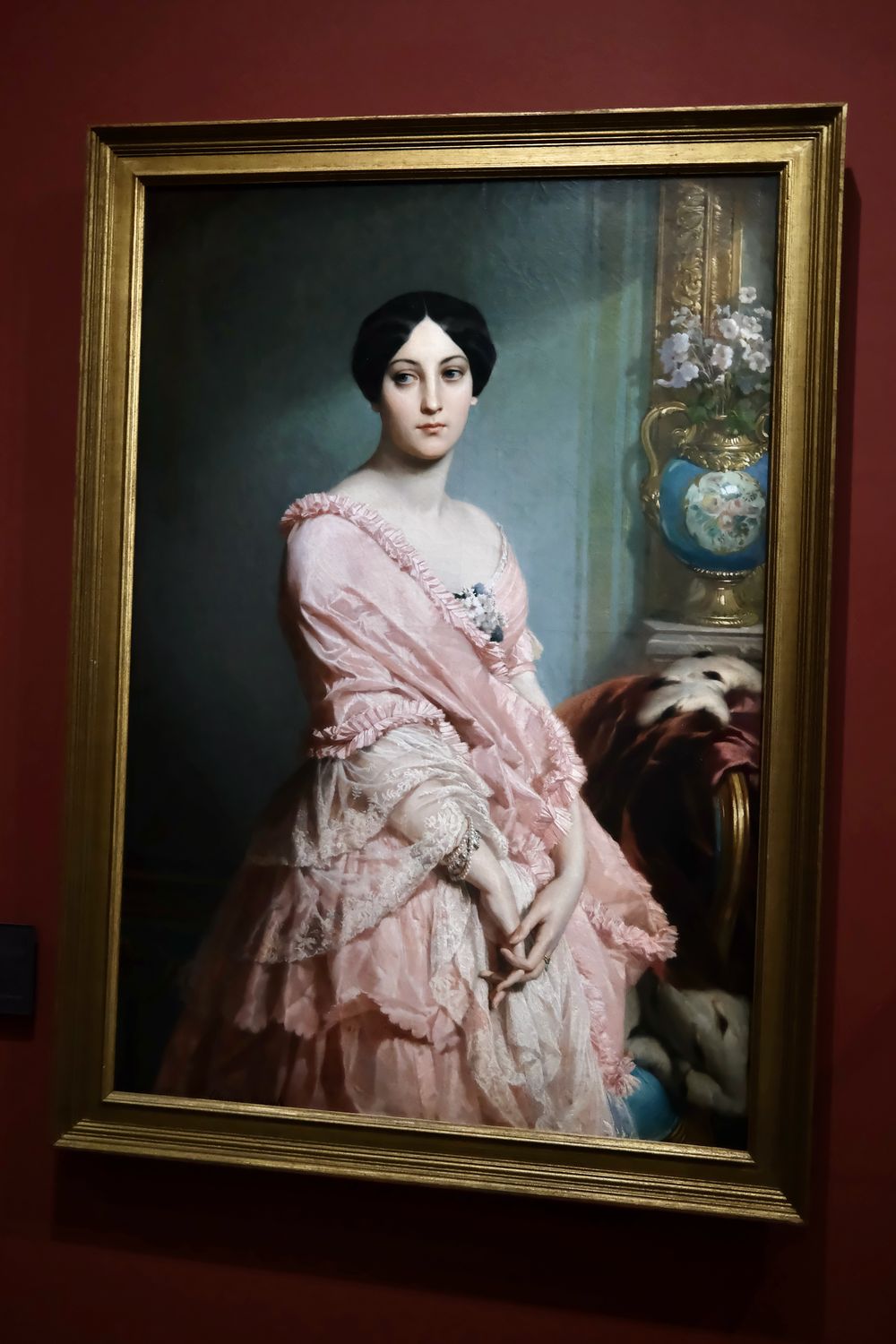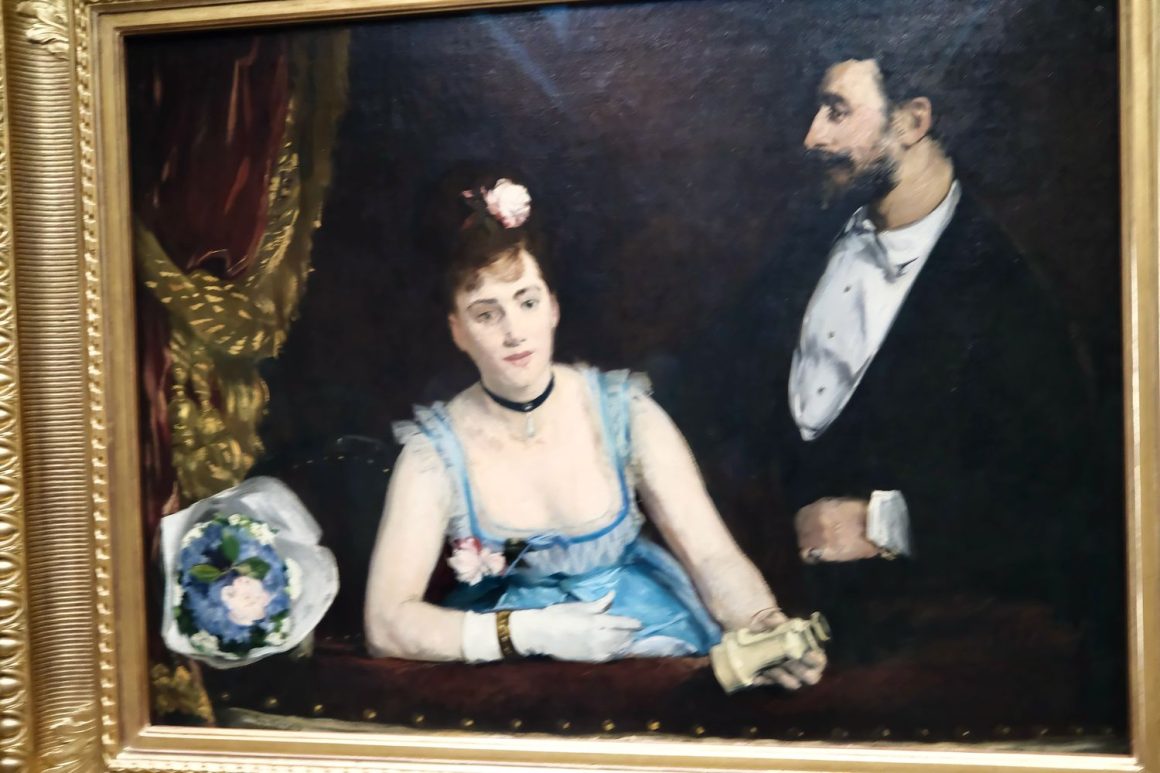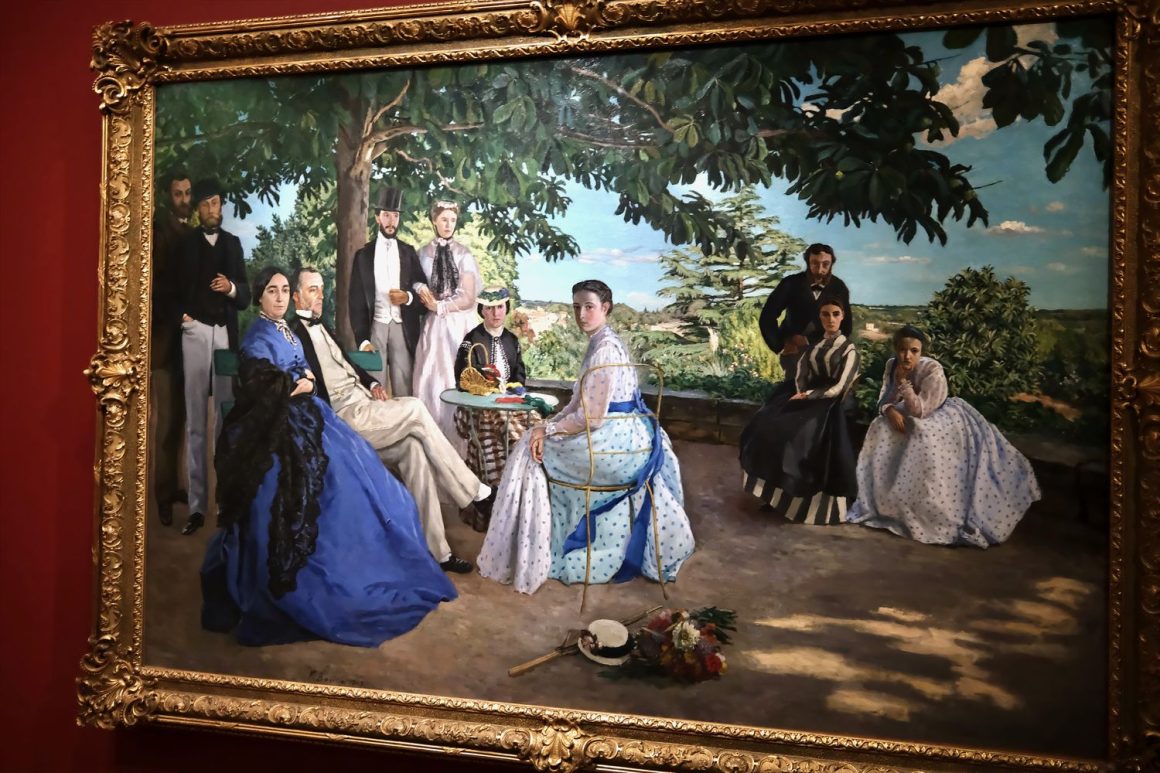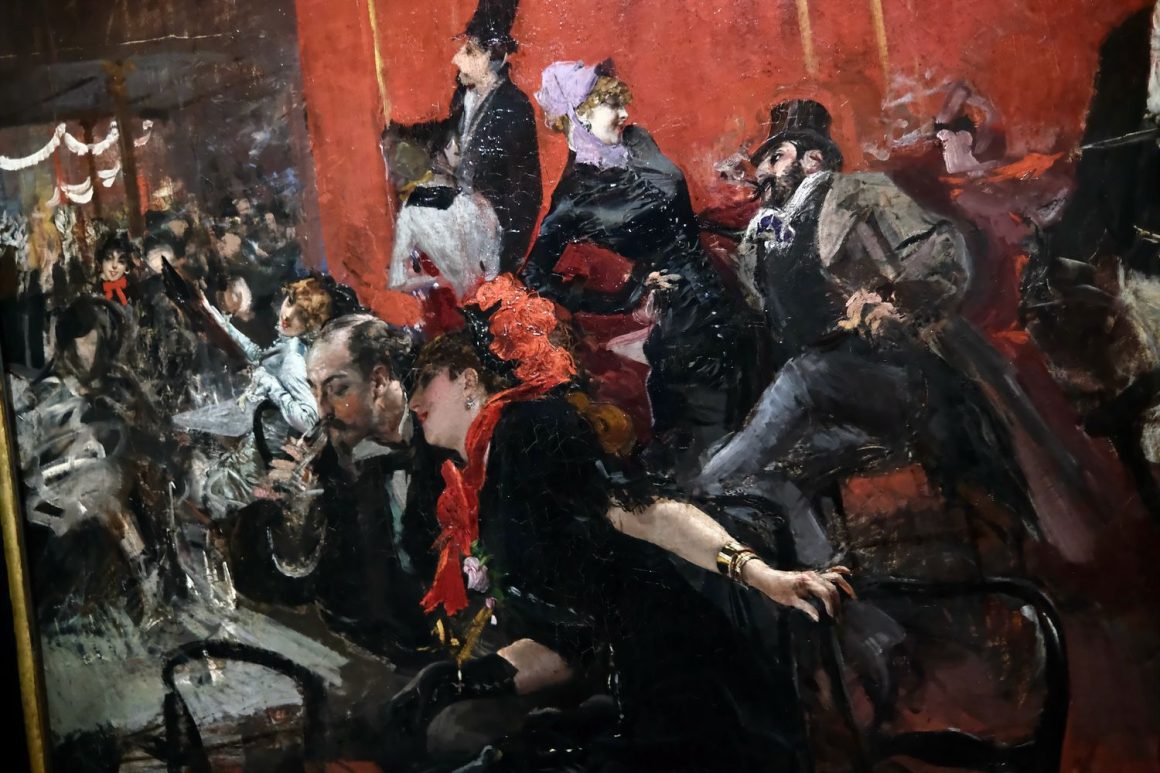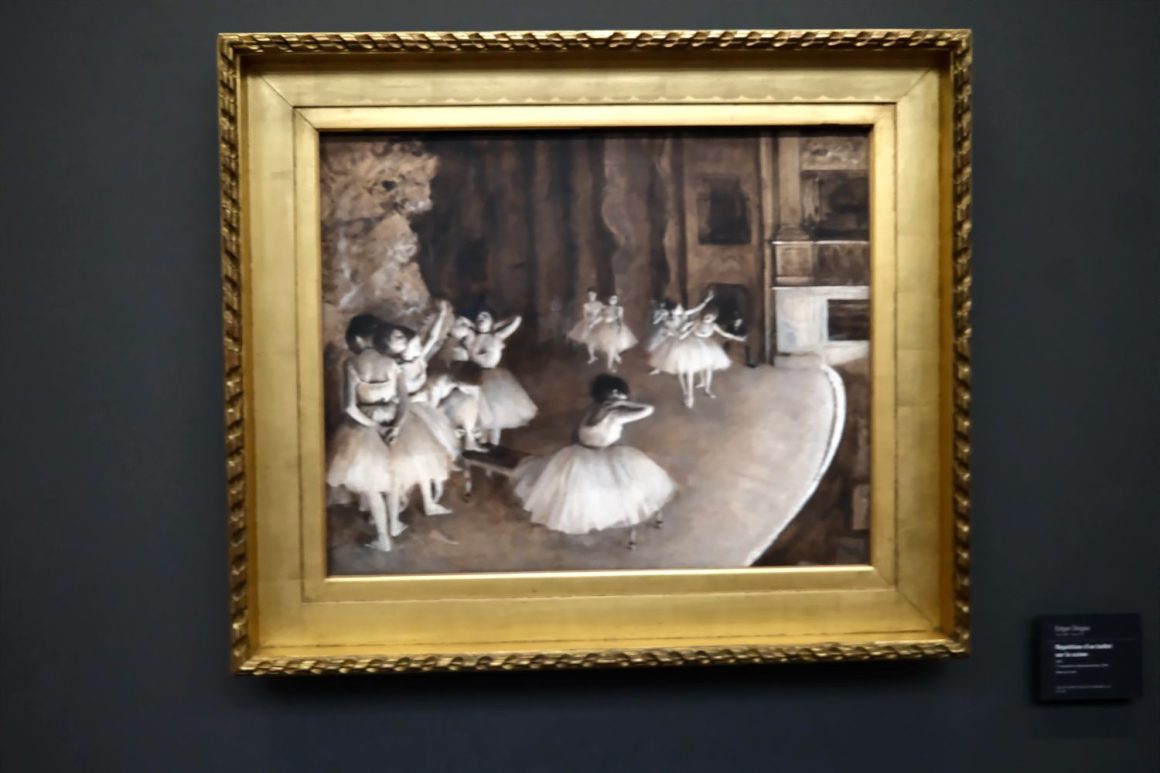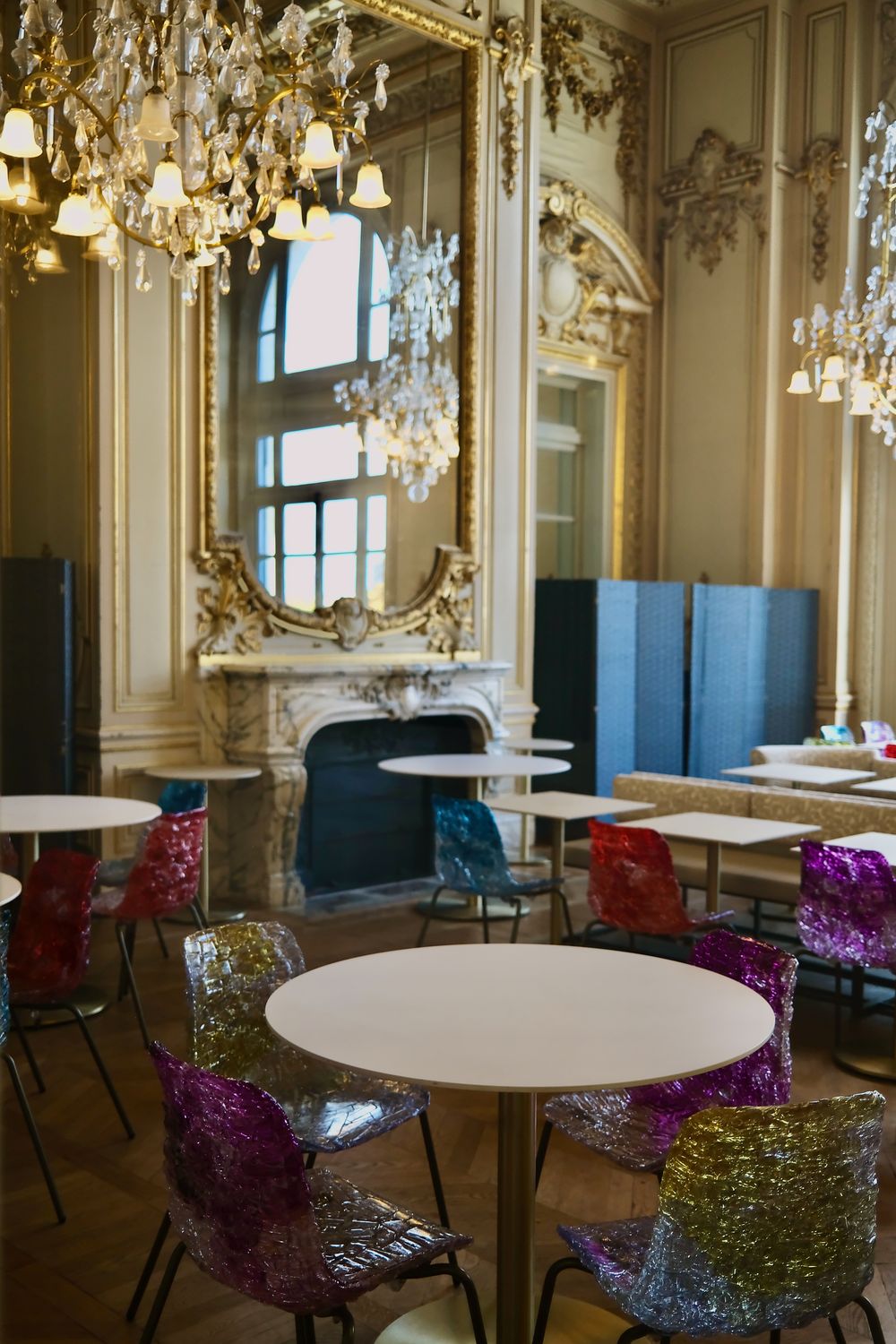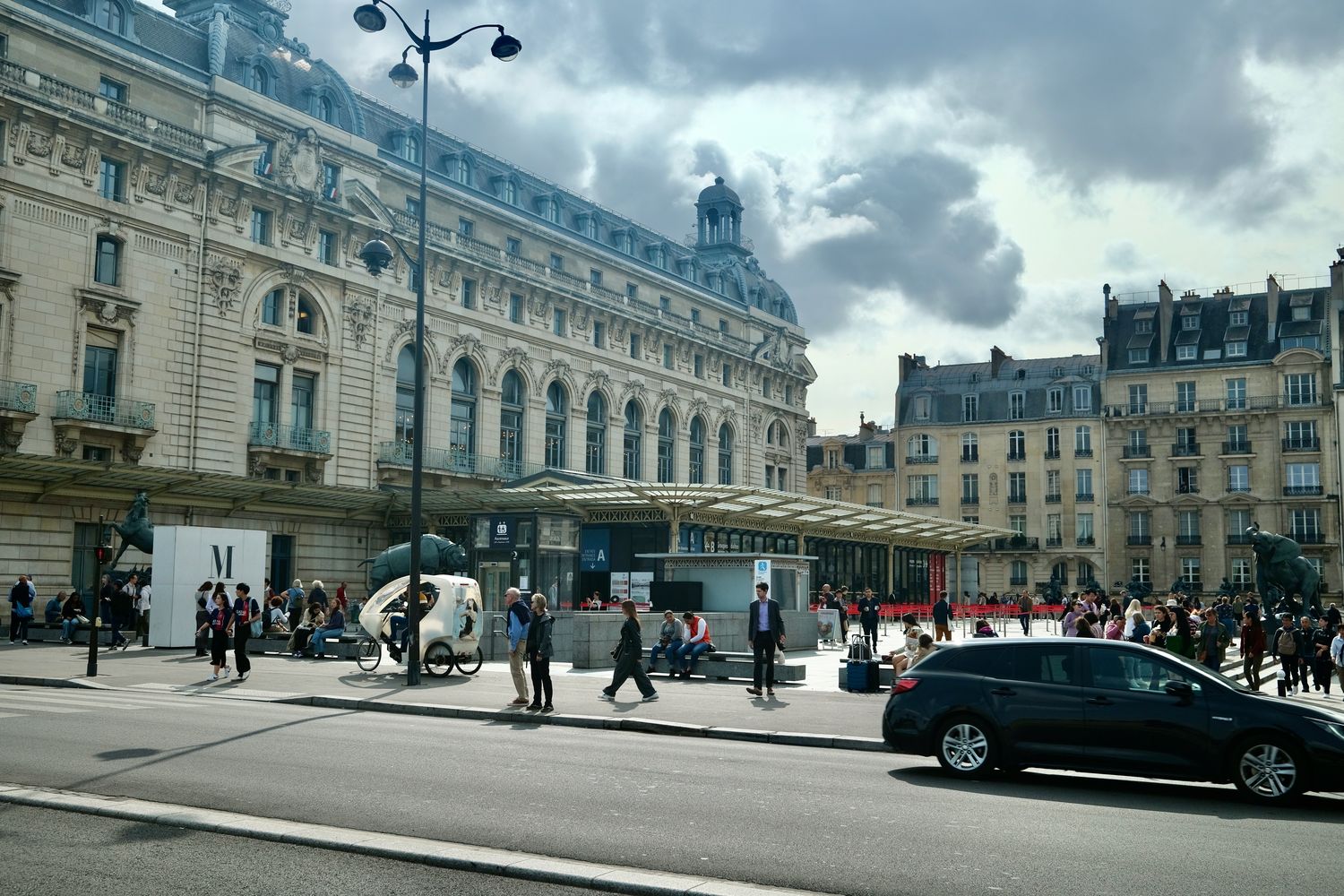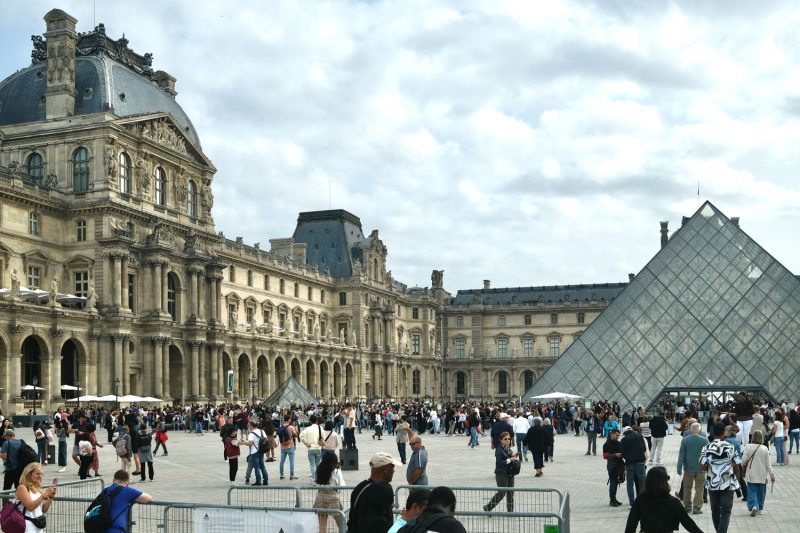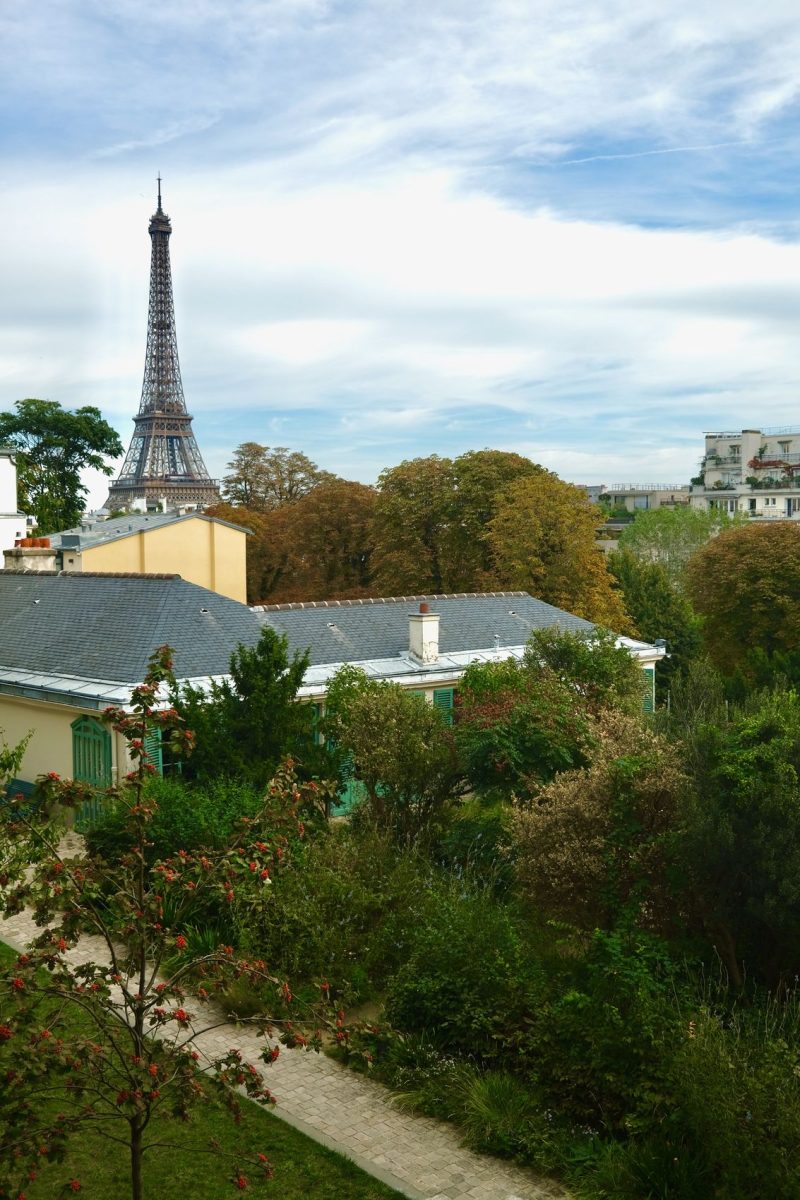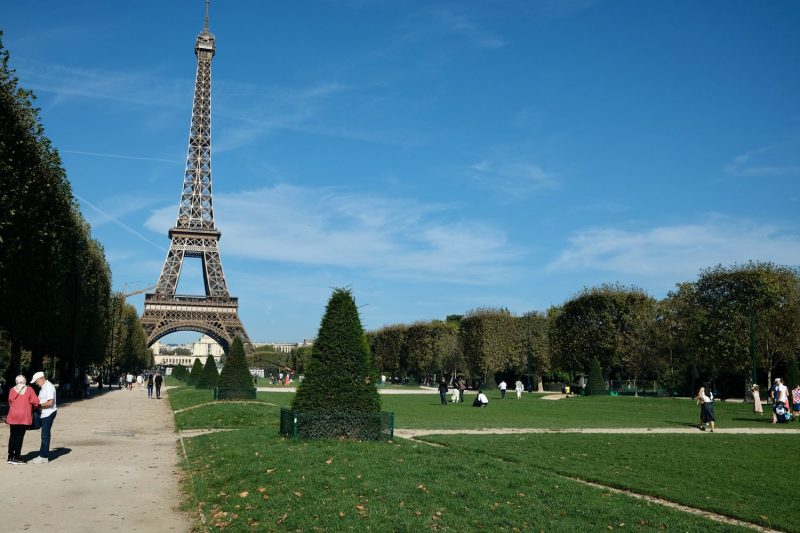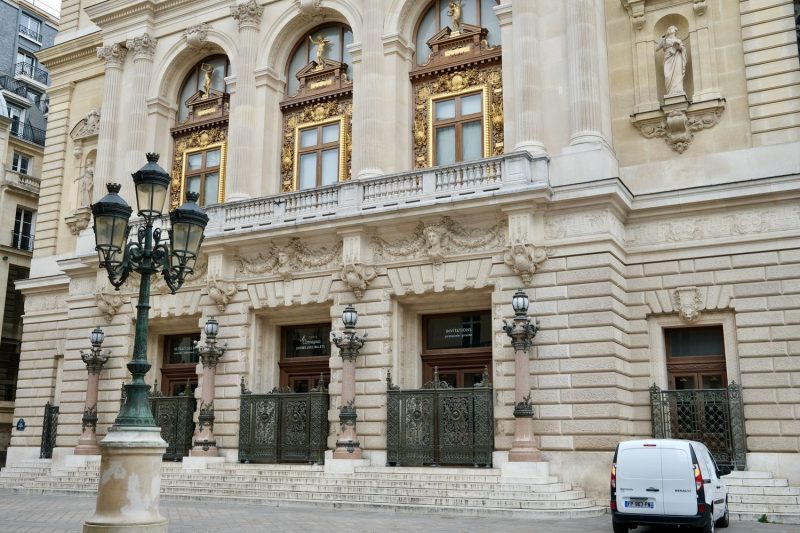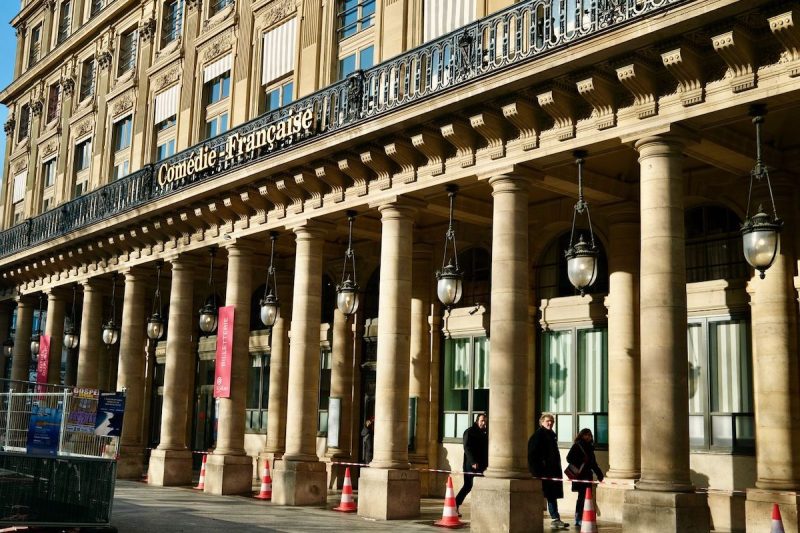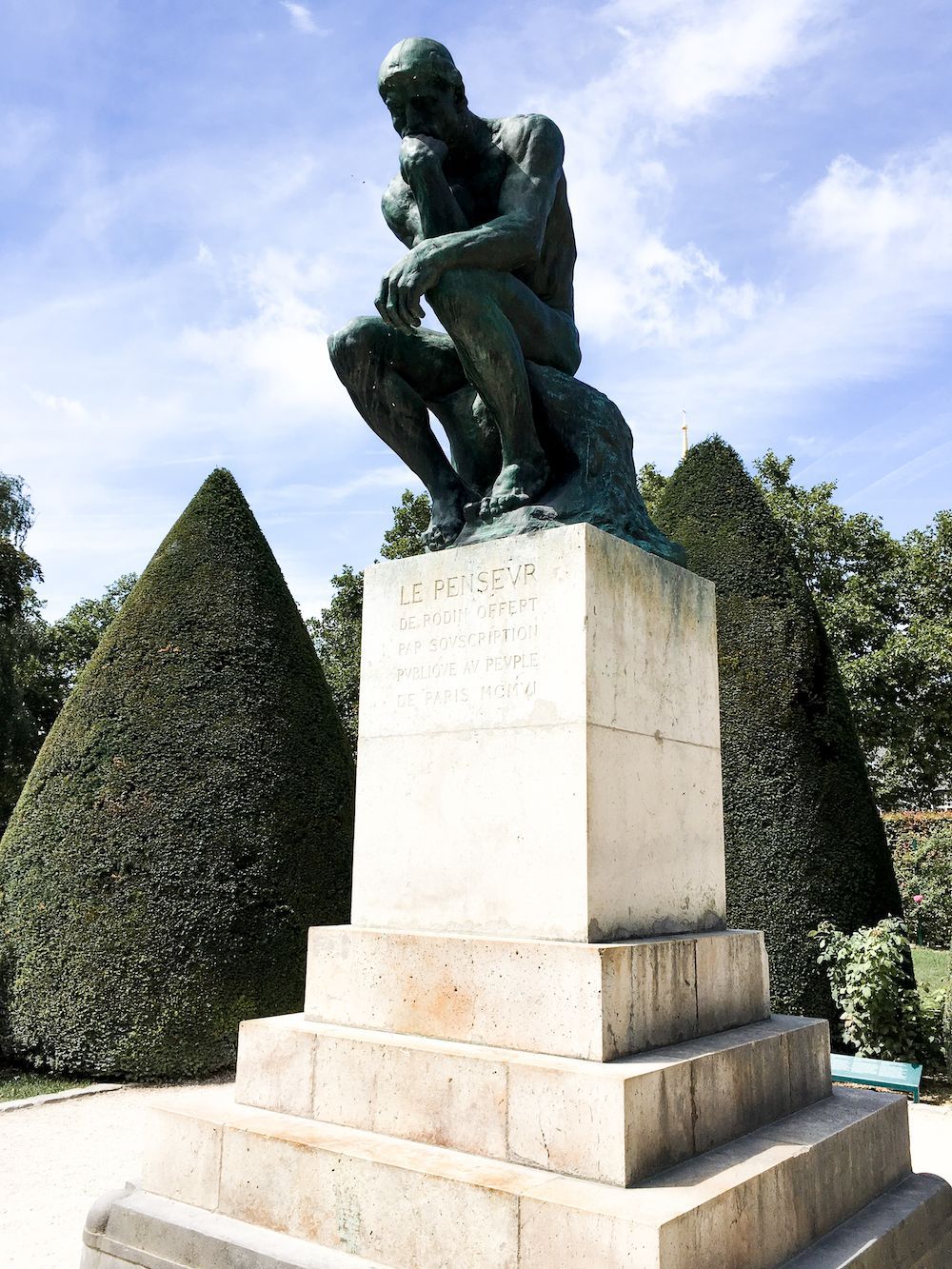Musée d’Orsay: See the Best of European 19th & 20th Century Art in Paris
Culture Travel may earn a commission through links on this website. As an Amazon Associate, we earn from qualifying purchases.
Musée d’Orsay, located in Paris, France, is renowned for its extensive collection of Impressionist and Post-Impressionist masterpieces. The building itself has a fascinating history that reflects the evolution of Parisian architecture and culture.
A Former Train Station Turned Art Museum
Originally, the site was occupied by the Gare d’Orsay, a railway station designed by Victor Laloux, which opened in 1900. The station was notable for its Beaux-Arts style and its clock tower, which became a prominent feature of the Paris skyline.
Designed to accommodate the growing transport needs of the city, the Gare d’Orsay served as a terminus for the État railway and was celebrated for its aesthetic appeal. However, by the 1930s, the station became less functional for modern steam locomotives due to its short platforms, and by the 1970s, it was largely abandoned.
In the 1970s, the French government decided to convert the disused station into a museum dedicated to 19th and early 20th-century art. The transformation was led by architect Gae Aulenti, who preserved much of the original structure while adapting the interior for exhibition space.
The Musée d’Orsay officially opened its doors on December 9, 1986, and has since become one of the world’s most visited museums.
Best of the Collection
The museum’s collection highlights works from various artistic movements, including Impressionism, with pieces by artists such as Claude Monet, Edgar Degas, and Pierre-Auguste Renoir, as well as Post-Impressionism with artists like Vincent van Gogh, Paul Cézanne, and Paul Gauguin.
It also features sculptures, photography, and decorative arts from the same period, providing a comprehensive overview of the era’s creativity.
Sculpture Hall
The sculpture hall at the Musée d’Orsay is one of the museum’s most spectacular features. The museum’s great central nave is lit by natural daylight streaming through the glass roof, providing an ideal space for displaying sculpture.
When you enter the Musée d’Orsay, you first notice the splendid collection of sculptures filling the main hall. The collection is quite extensive, with around 2,200 sculptures by various artists. The hall showcases works by famous artists like Auguste Rodin, Edgar Degas, Aristide Maillol, and Pierre-Auguste Renoir.
The architectural grandeur of the former railway station – with its soaring vaulted ceilings and the natural light from above – creates a magnificent backdrop for the sculptures displayed along the central corridor. When the museum opened in December 1986, it allowed the public to rediscover the wealth and diversity of sculpture from this period, which covers mainly French art from 1848 to 1914.
It’s truly one of the most impressive spaces to experience 19th and early 20th-century French sculpture in its full glory.
Neo-Classical, Impressionism & Post-Impressionism Paintings
The Musée d’Orsay houses one of the world’s finest collections of Impressionist and Post-Impressionist art. Here are some of the absolute must-see masterpieces!
Impressionist Highlights
- Van Gogh’s “Starry Night Over the Rhône” and “Bedroom in Arles” – his swirling, emotional style at its peak
- Monet’s “Impression, Sunrise” – the painting that gave Impressionism its name, plus his stunning water lily series
- Renoir’s “Bal du moulin de la Galette” – a joyous scene of Parisian life with dappled sunlight
- Manet’s “Olympia” and “Le Déjeuner sur l’herbe” – scandalous in their time, revolutionary in art history
- Degas’ ballet dancer series – his pastel works capturing movement and grace
Post-Impressionist Masters
- Cézanne’s “The Card Players” – his geometric approach that influenced Cubism
- Gauguin’s Tahitian paintings – bold colors and exotic scenes
- Toulouse-Lautrec’s cabaret scenes – capturing the bohemian nightlife of Montmartre
Other Notable Works
- Whistler’s “Arrangement in Grey and Black No. 1” (known as “Whistler’s Mother”)
- Courbet’s “The Origin of the World” – provocative and powerful
- Millet’s “The Gleaners” – a dignified portrayal of rural labor
The museum’s layout follows chronological order through the renovated Beaux-Arts railway station, making it easy to trace the evolution of modern art. The top floor with the Impressionists is particularly spectacular, with natural light flooding the galleries.
Restaurant
The museum offers several restaurants on-site for staying refreshed.
How to Visit
You can visit: Tuesday to Sunday 9:30am – 6pm. Note the museum is closed every Monday, May 1 and December 25.
The museum’s unique architecture, which combines the original railway station with modern design elements and extensive glass roofing, creates an engaging and inspiring environment for visitors.
Today, it stands as a testament to the artistic vibrancy of its time and remains an important cultural landmark in Paris.
Musée d’Orsay
Esplanade Valéry Giscard d’Estaing
75007 Paris, France
